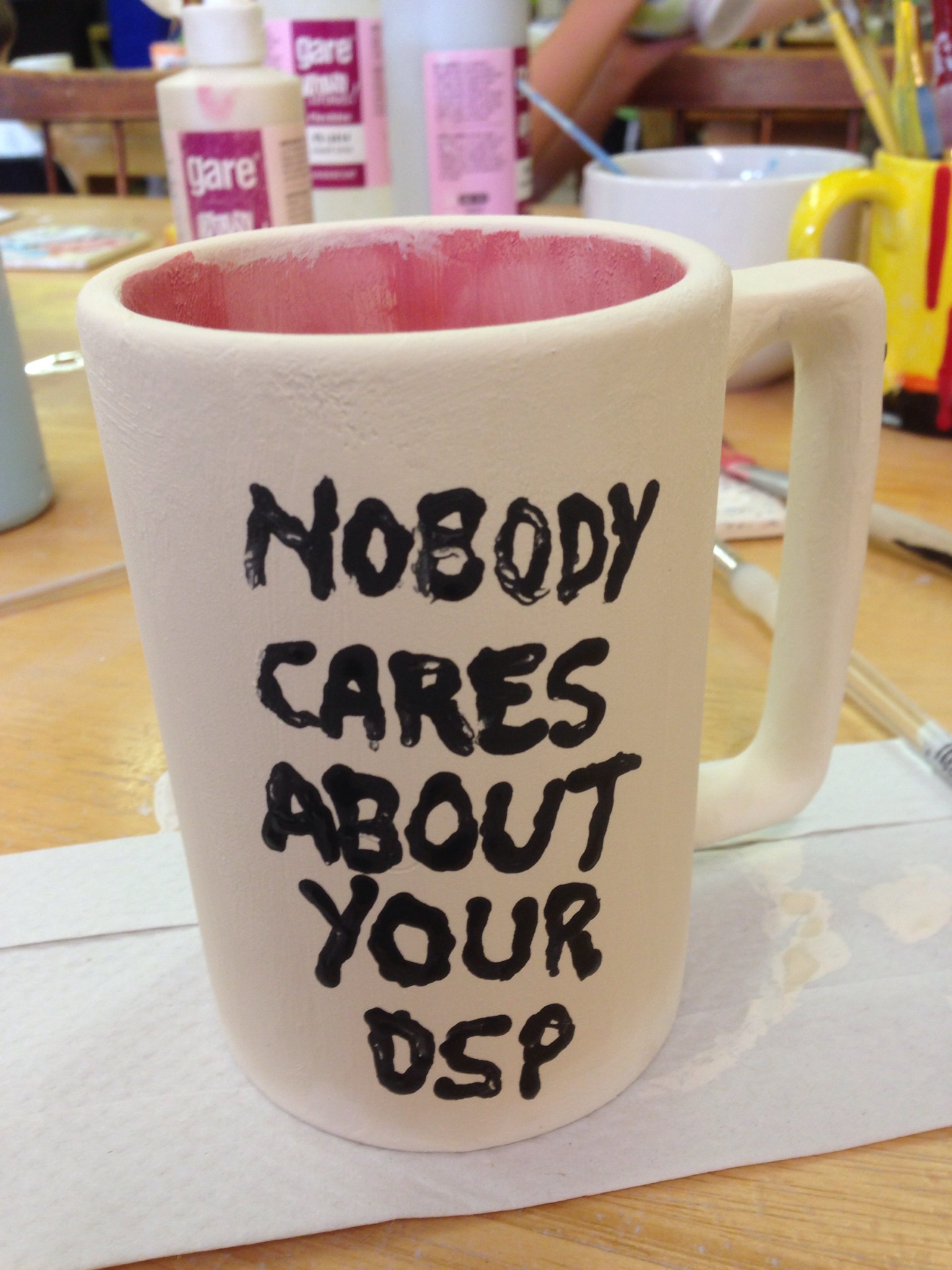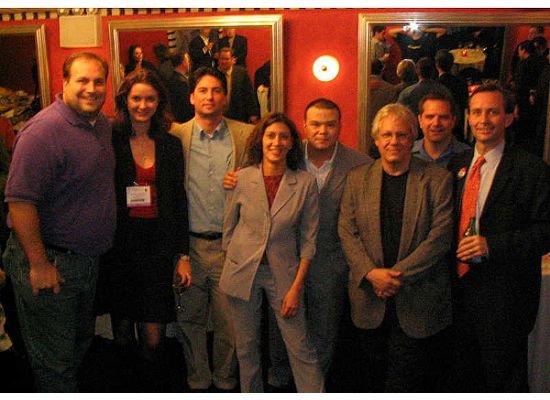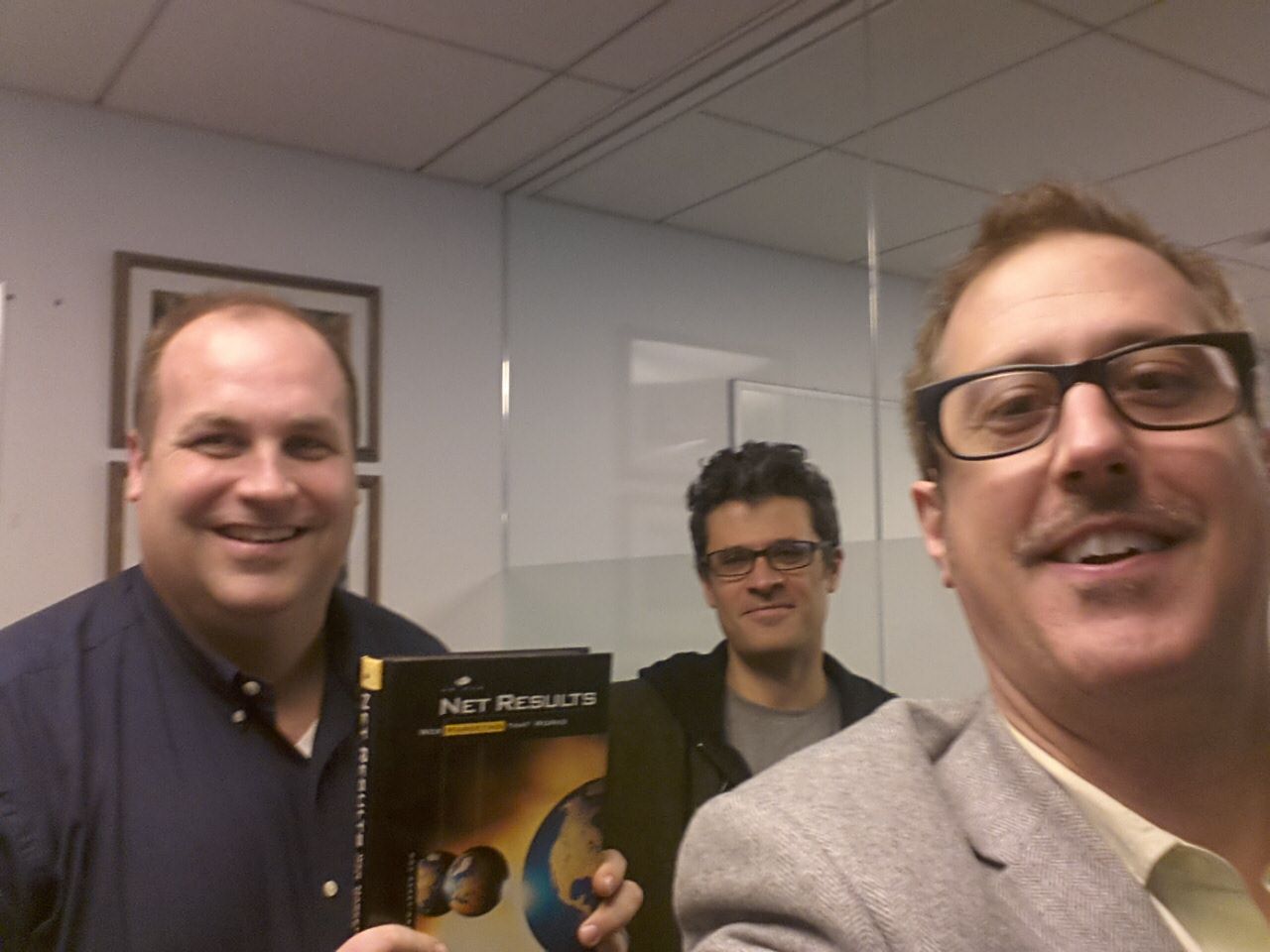Can BitTorrent Teach Us Anything About Gun Control?
/Gun massacres seem to be getting worse. I’m not certain that they are, statistically, but the emotional impact of elementary school children dying at the hands of an emotionally disturbed gunman is almost unimaginable. As someone who became a father for the first time less than five years ago, I’ve had to make conscious efforts to avoid thinking about what would happen if my own kids were victimized in a similar way. It’s just about the most unpleasant thing I can think of as a parent.
Instead of dwelling on the negative emotion, I’ve been thinking a lot lately about elevating my view of gun control. The idea that we need to control access to certain weapons resonates with me, but its feasibility seems to be at odds with a lot of what I know about technology. Permit me to expand.
As human beings, we’ve struggled with the notion of how we ought to deter and punish those who take another’s life. As a species, we’ve historically struggled with the idea of “an eye for an eye,” sometimes resorting to the death penalty for killers, hoping it will be an effective deterrent and a fitting punishment, or some combination of the two.
Regardless of your particular feelings about the death penalty, it’s undeniable that “eye for an eye” starts to fall apart when one person is capable of mass murder. Thomas Hobbes noted that the weak can usually find some means of killing the strong – in fact, this was one of his underpinnings for believing that men were created equal – but I doubt he envisioned a future where the weakest of us were capable of killing the strong in such great numbers on a mere whim.
What enables mass murder? In large part, technology. I think it’s right to acknowledge the role of large-capacity magazines in automatic or semi-automatic weapons when it comes to mass murder. It’s what enables anybody with the requisite knowledge in our society to kill so many before anybody has a chance to do anything about it.
But if we look at the problem in the context of technology’s ever-accelerating march forward, it becomes obvious that we have a very serious problem to contend with.
At the end of last year, gun enthusiasts used 3D printing technology to create the lower receiver of an AR-15 rifle out of plastic. They created only the lower receiver portion, and used standard metal parts to finish the rest of the gun. Upon test-firing, the rifle got off six shots before the plastic parts blew apart.
3D printing technology is getting the attention of every futurist worth his salt. Technology reporters are buzzing about curing disease by printing new organs from live tissue. That’s right – instead of getting a pacemaker, perhaps one day it will be more effective to simply print a new heart and perform a transplant. In the world of inanimate objects, 3D printing is already well-known to many who create product prototypes. Affordable 3D printers can create small objects out of plastic. Metal and ceramic is also doable today, though it’s likely cost-prohibitive for most of us to have that technology in our workplaces, much less our homes.
Watching all of this coming together makes me think about what the future looks like. What happens when the plans for things we desire are freely downloadable from the Internet, and printable at home?
Think about it. You want a video game console, so you download plans for an open-source console from the Internet and set your 3D printer to work. You play some video games for a while, decide you’re bored with the console, and reclaim the raw material so that your 3D printer can build something else.
There are the wide-reaching impacts on business and society to think about. There’s the demand for raw materials not at a production plant, but in our homes. Product distribution as we know it would be upended. Recycling rates for raw materials would be driven to all-time highs.
But what about when people print weapons? What about weapons that weren’t designed by Winchester or Remington, or even Lockheed-Martin or Northrop Grumman? What about weapons designed by ad-hoc teams of engineers collaborating on the Internet?
The technology doesn’t yet exist for the manipulation of complex chemical compounds, so it’s not as if people could use 3D printing technology to create gunpowder or TNT or Plutonium-231. But technology marches forward every day. And what of weapons that don’t require chemicals? What about railguns that use magnetic fields to hurl metal objects at high velocity? (The Navy is investing in railguns today.)
I’m sure the possibilities are mind-boggling, but what’s truly frightening is what we’ve already learned about technology’s march forward – it routes around controls.
We’ve already learned that a powerful entertainment lobby has been largely unsuccessful at preventing the peer-to-peer distribution of movies and music. We’ve also learned that our government, when looking at whether or not it’s prudent to place controls on a given piece of technology, will examine both “legitimate” and “illegitimate” uses of that technology.
So what happens when technology that is used to print a new heart for Uncle John or an intelligent automobile can also be used to print weapons with the capacity for mass murder? Will the sharing of files used to give instructions to 3D printers follow the path of Metallica bootlegs or digital copies of Iron Man 2?
How far will a government go to place controls on the sharing of knowledge and resources over computer networks like the Internet? As a society, how we will control access to things that are dangerous? Or will we?
In short, it’s not just the end products of technology – assault weapons, high-capacity magazines, armor-piercing bullets – that we should be wary of. It’s the power that technology bestows on all of us at the individual level. It’s the power to not only create, but also destroy.
Personally, I don’t think strict controls are in and of themselves the answer. We have a lot of thinking to do about societal controls – everything from how we treat people who are mentally ill and present a risk of harming others, to how our economy works to how society values people at an individual level.












































